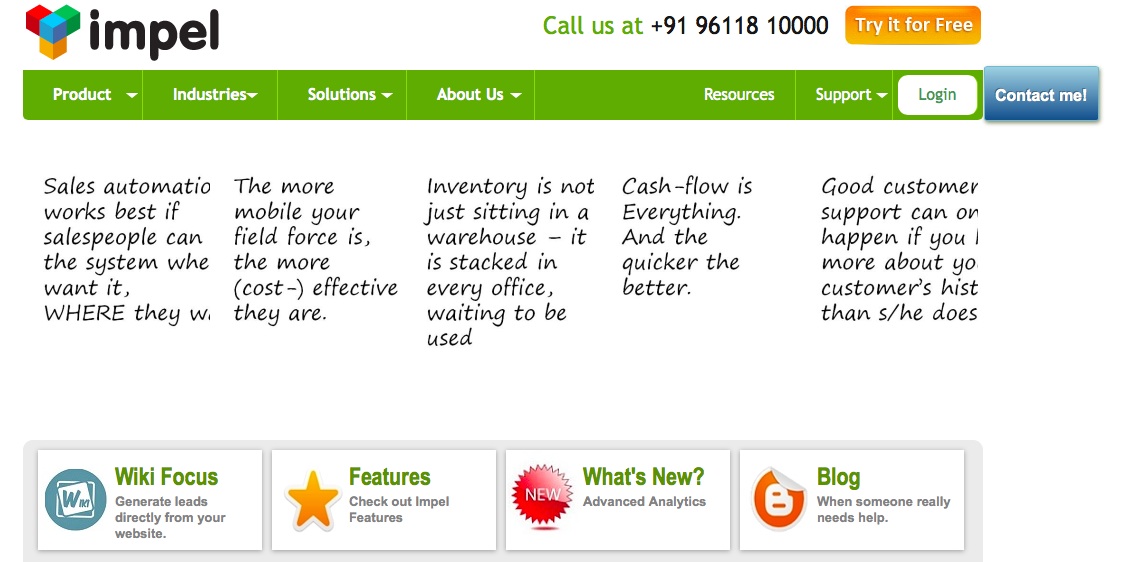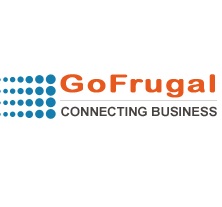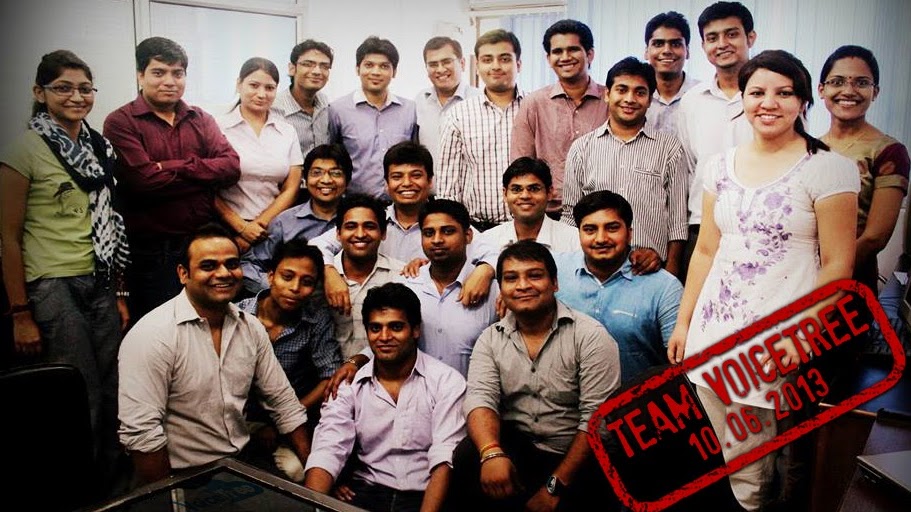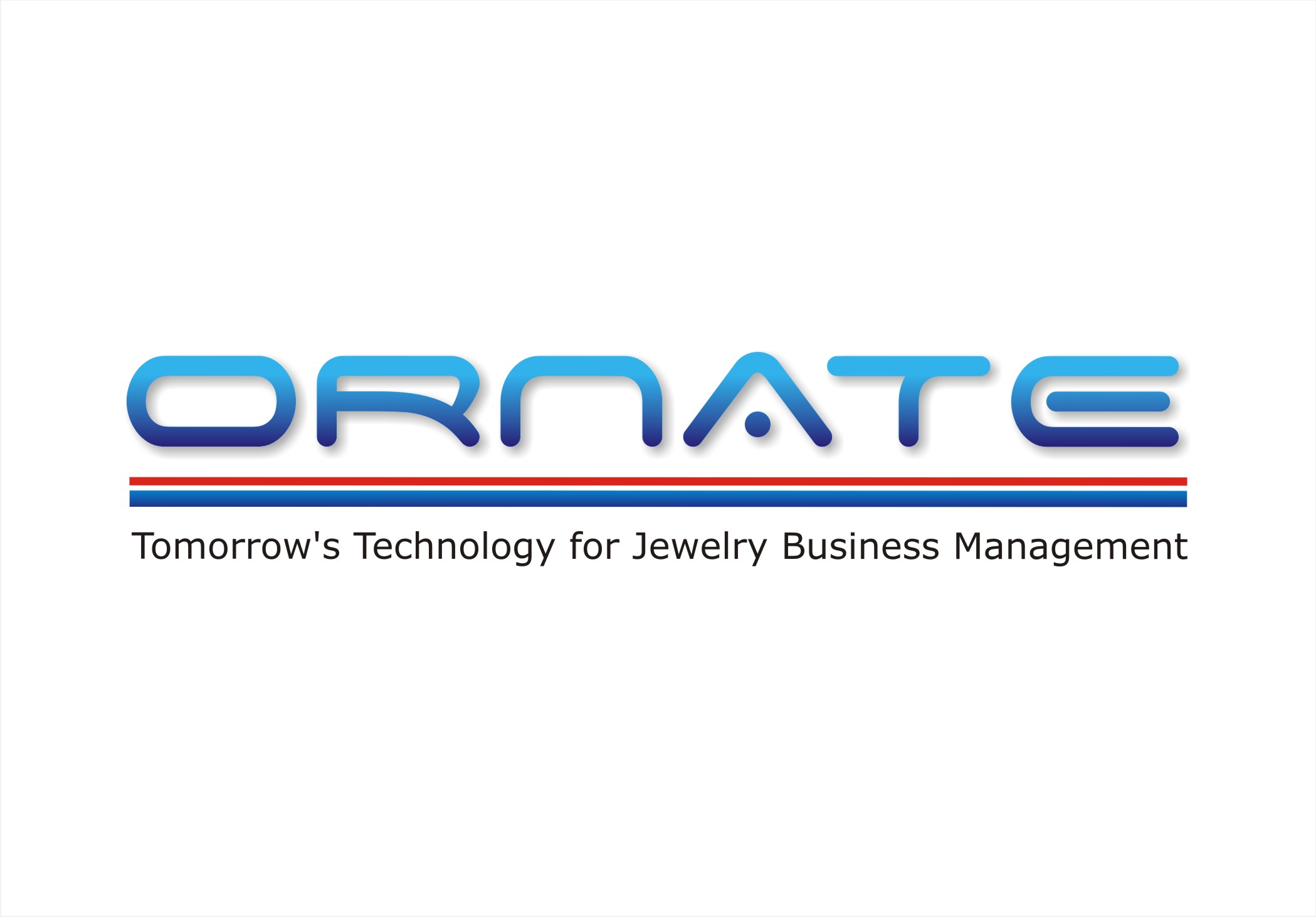When constellation research published the best award for enterprise software to Zoho, I was thinking its yet another Silicon Valley startup that is kind of making some mark. But I was really surprised and it was a bit of a shame when I found out that its an Indian company – how could I have missed such a company that originated and grew from my home city and now fast becoming a saas Boomi – Chennai.
As I dig deep into this Enterprise software company, I come across more surprises, about its mission, vision, purpose and its founder. Now fascinated by watching an interview and a speech of Sridhar Vembu, the founder – it was a pleasure to meet him in Tenkasi, Tamil nadu, and this post is a rendezvous with Sridhar Vembu, and a few key takeaways from my day at Zoho, Tenkasi.
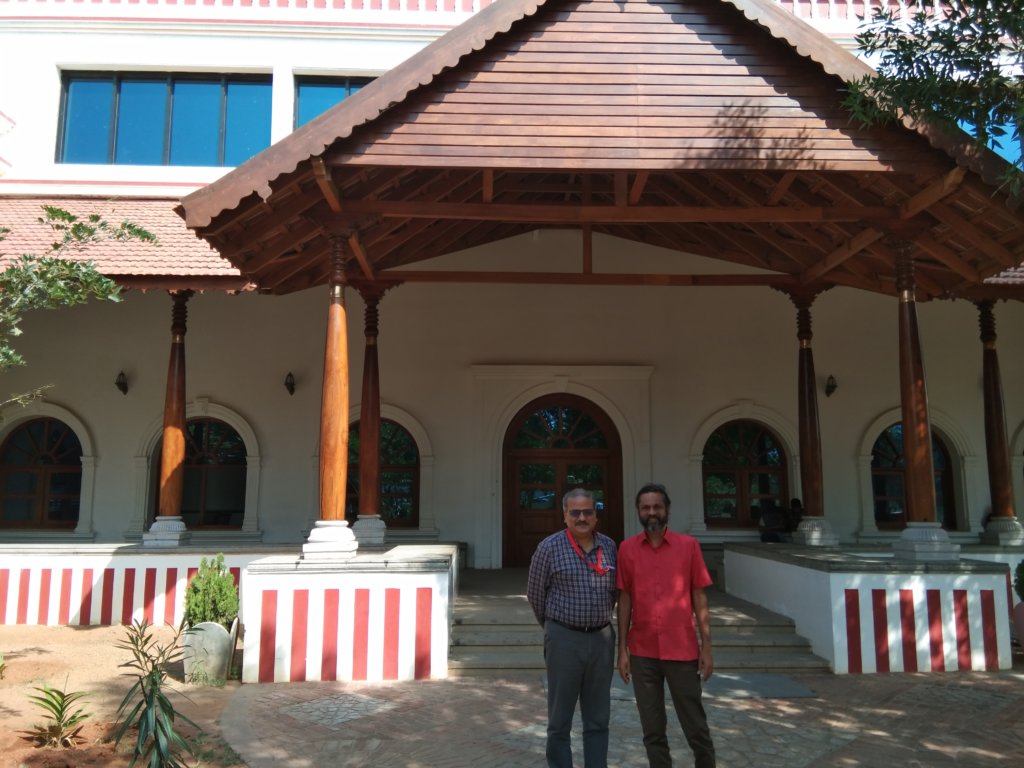
Rural and Semi-Urban revolution: Sridhar believes in economic development around small towns and semi-urban areas. We discussed SAP in Waldorf, and how that village became a global HQ of the German giant. With bandwidth and technology, Sridhar really believes that he would get Zoho products designed, built and supported by small towns. Tenkasi, a small town in Tamil Nadu houses Zoho’s development and Labs with about 500+ people. It was heartening to see an end-to-end product Zoho desk built and managed right from there – I even met with the product managers there who build and take these products to global markets. Other parallel examples that we have for such a non-urban revolution were Jamshedpur and BHEL townships, which housed and build excellence from small towns. Glad we are doing this for product software as well now.
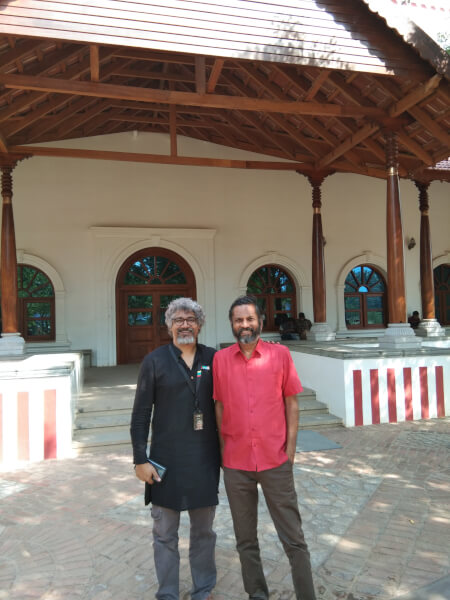 Skill oriented education: Now while the rural revolution looks interesting, how will the software talent that is usually US bound, join such remote places. Sridhar’s answer to this is Zoho University. Zoho University is a unique education, follow a gurukul Indian approach, where students are pulled from government schools, and trained into important technical skills, English and Maths, Design skills, as well as business skills.I had some great discussions with Anand Ramachandran, who heads Zoho University in Tenkasi. Zoho University now contributes to more than 20% of the 8,000+ employees in Zoho, and it’s heartening to see students from villages, Tamil medium government schools very effectively groomed to build world-class products. The analogy I have for this kind of education is chartered accountancy, which combines knowledge and hands-on skills together. But this takes it to the next level.
Skill oriented education: Now while the rural revolution looks interesting, how will the software talent that is usually US bound, join such remote places. Sridhar’s answer to this is Zoho University. Zoho University is a unique education, follow a gurukul Indian approach, where students are pulled from government schools, and trained into important technical skills, English and Maths, Design skills, as well as business skills.I had some great discussions with Anand Ramachandran, who heads Zoho University in Tenkasi. Zoho University now contributes to more than 20% of the 8,000+ employees in Zoho, and it’s heartening to see students from villages, Tamil medium government schools very effectively groomed to build world-class products. The analogy I have for this kind of education is chartered accountancy, which combines knowledge and hands-on skills together. But this takes it to the next level.
Price sensitive products: One of the big benefits of the above focus helps Zoho come out with very price-sensitive products. Products are priced at a level that is affordable for any size business, most importantly SMBs, both for developed and emerging markets. The goal of Zoho seems to be like that of Amazon, where they offer superior products, better customer service at decreasing prices, by bringing productivity, as well as the product revolution from rural and skill-based talent.
R&D in India: Sridhar Vembu is a big fan of Japan and Germany. We spoke about several examples of how products from these countries make it to our country – up to our villages. Products such as the knife that is used to cut coconuts, motors that go into our pump sets, glasses that go into spectacles. This is such an important element he highlights that we have to go to the core of what we make, we should really get our engineers to build products – research and development from India, not just assemble. Zoho has that clear focus, going and building out the core platform, based on which its applications are built. It’s not only Make In India but R&D In India. Sridhar also highlighted that its also important for lot of Indians to stay back in the country, instead of migrating to US or other countries. Each one of them can create huge value, employment and make India proud by making products out of here.
Bootstrapped to date: Another area that was important and make all the above mission happen is the fact that Zoho is completely bootstrapped, and its till now not funded by VCs. Like many large software enterprise giants, Zoho is built ground-up bootstrapped and grew by investing back the surplus. This gives them a lot of freedom, freedom to run their endeavors and also with a long term view. It’s great learning for a lot of startup entrepreneurs. They are more of a revenue unicorn than a market cap unicorn.
In summary, what Sridhar Vembu has created and grown is a fascinating story, a story that we need to celebrate, learn and cherish, its more powerful than the stories of Indians who have done this abroad. For me, it was huge learning on Engineering, Economics & Education, it was one of the memorable day of my life!




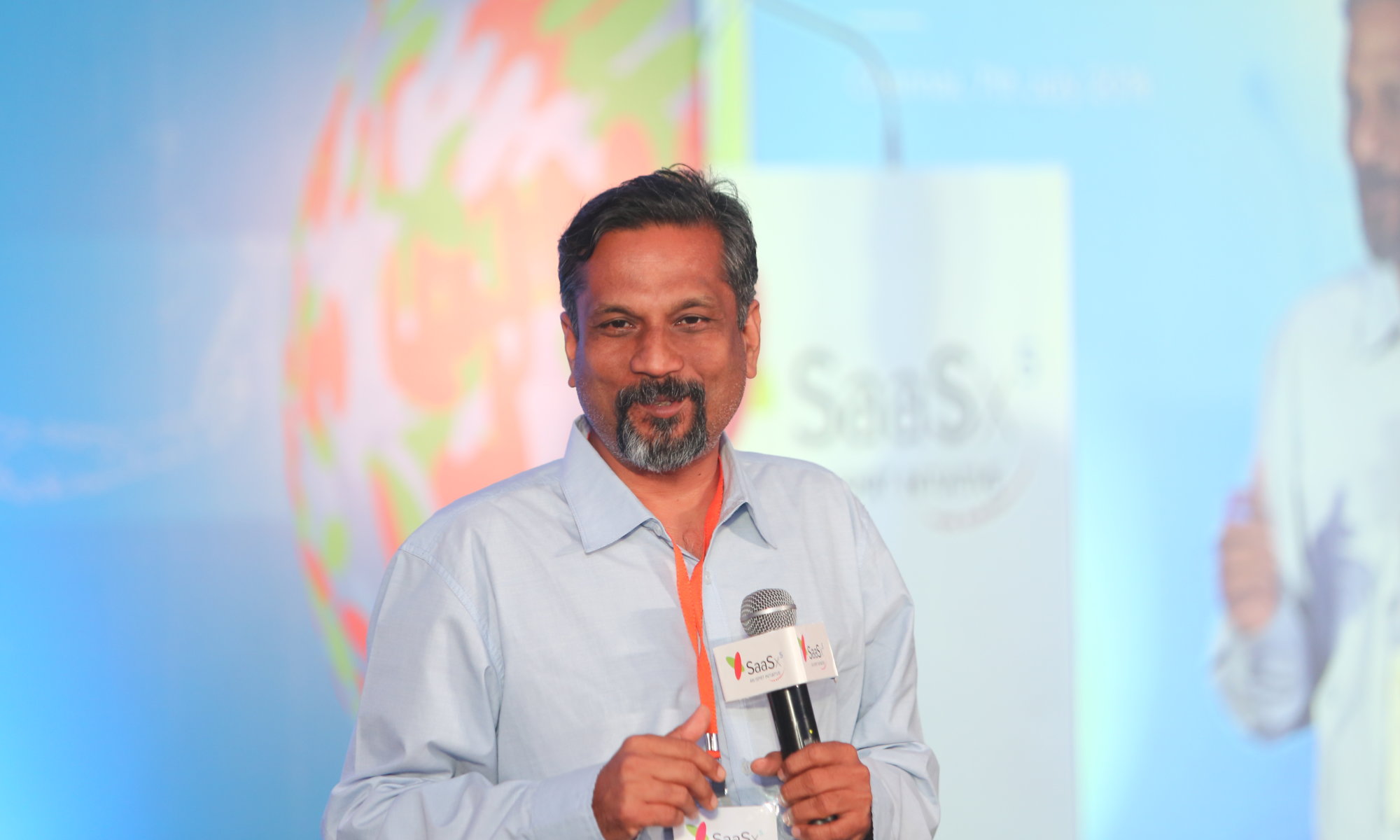
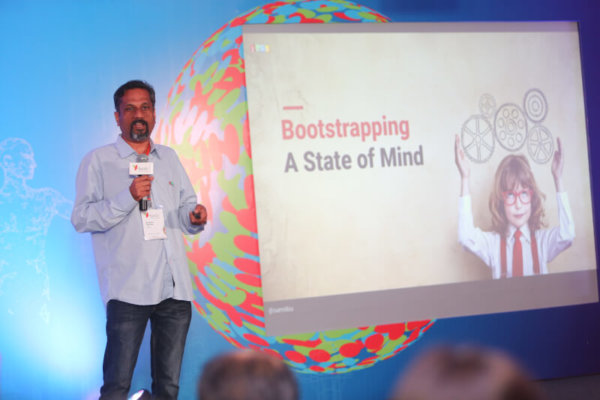

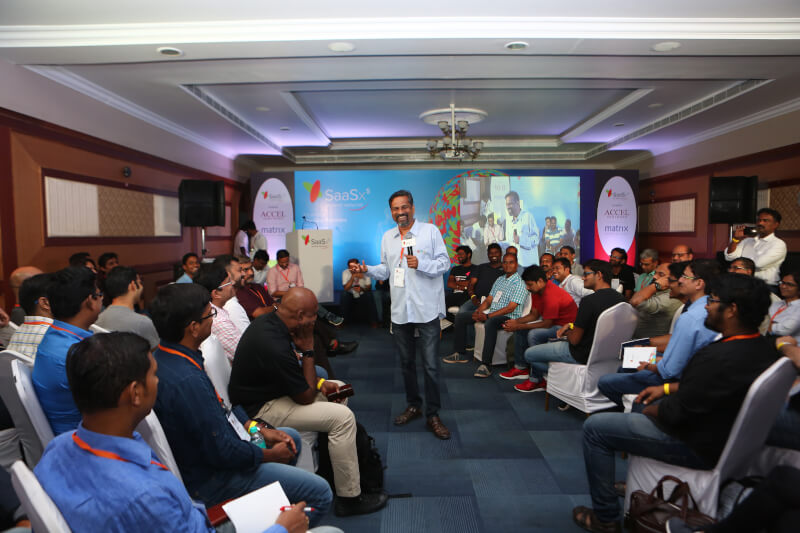

 We have had both good and bad experiences as we started to work full time on this product. The good part is that we have been continuously getting positive feedback on the features and utility of our product from our customers. Early adopters have given us constructive feedback on how things can be improved further – and we have been at it.
We have had both good and bad experiences as we started to work full time on this product. The good part is that we have been continuously getting positive feedback on the features and utility of our product from our customers. Early adopters have given us constructive feedback on how things can be improved further – and we have been at it.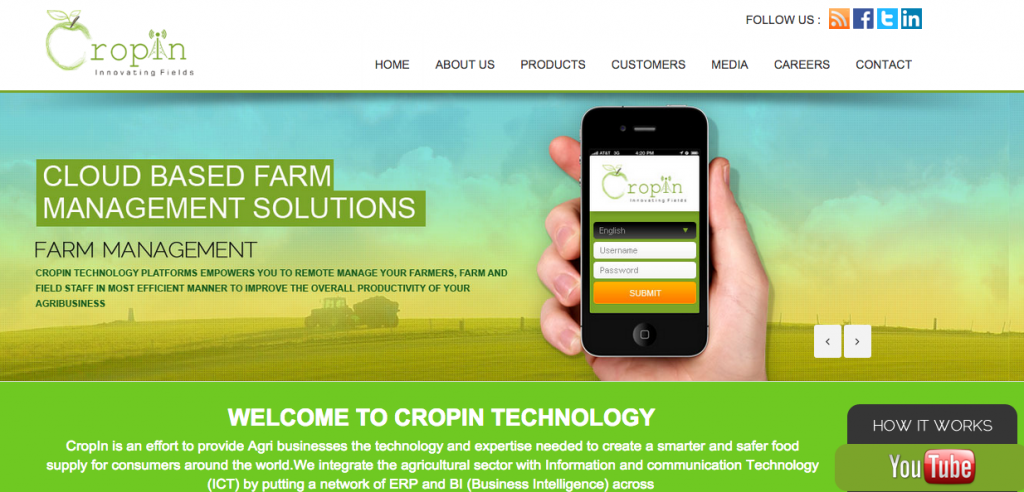 You started your career with an MNC company. What prompted you to start Cropin? Did your work experience help you after you set up Cropin?
You started your career with an MNC company. What prompted you to start Cropin? Did your work experience help you after you set up Cropin? The idea of Zepo.in came as a result of some challenges I faced during my previous stints of managing a T-shirt business and a startup. In particular, while I was running the T-shirt business, I realized how difficult it was for small businesses like us to get online and sell to the Indian market. We got fooled by a web developer who charged us a bomb and came up with a crappy website, we had to shell out huge percentage of our sales to payment gateways, and we did not have the right logistics support to help us deliver our products to our customers on time, to name a few.
The idea of Zepo.in came as a result of some challenges I faced during my previous stints of managing a T-shirt business and a startup. In particular, while I was running the T-shirt business, I realized how difficult it was for small businesses like us to get online and sell to the Indian market. We got fooled by a web developer who charged us a bomb and came up with a crappy website, we had to shell out huge percentage of our sales to payment gateways, and we did not have the right logistics support to help us deliver our products to our customers on time, to name a few. Sure. I think there have been lots of good things that have happened since we decided to start Zepo.in. The first thing that comes to my mind is that, before even we formally started off our operations, we had 6 customers who had already given us post dated cheques – just by listening to what we were building. This gave us validation from the customer end – also helped us to tweak our offering better based on the initial set of feedback.
Sure. I think there have been lots of good things that have happened since we decided to start Zepo.in. The first thing that comes to my mind is that, before even we formally started off our operations, we had 6 customers who had already given us post dated cheques – just by listening to what we were building. This gave us validation from the customer end – also helped us to tweak our offering better based on the initial set of feedback.





